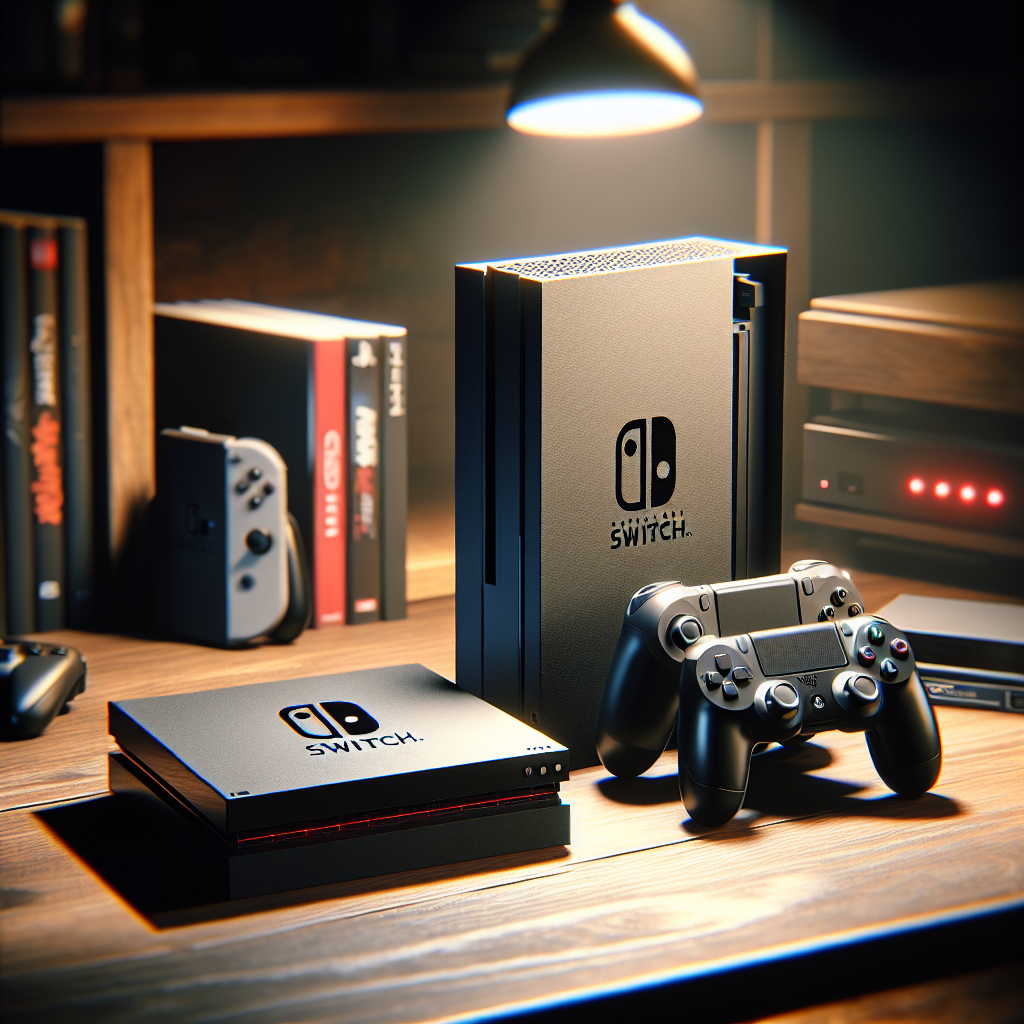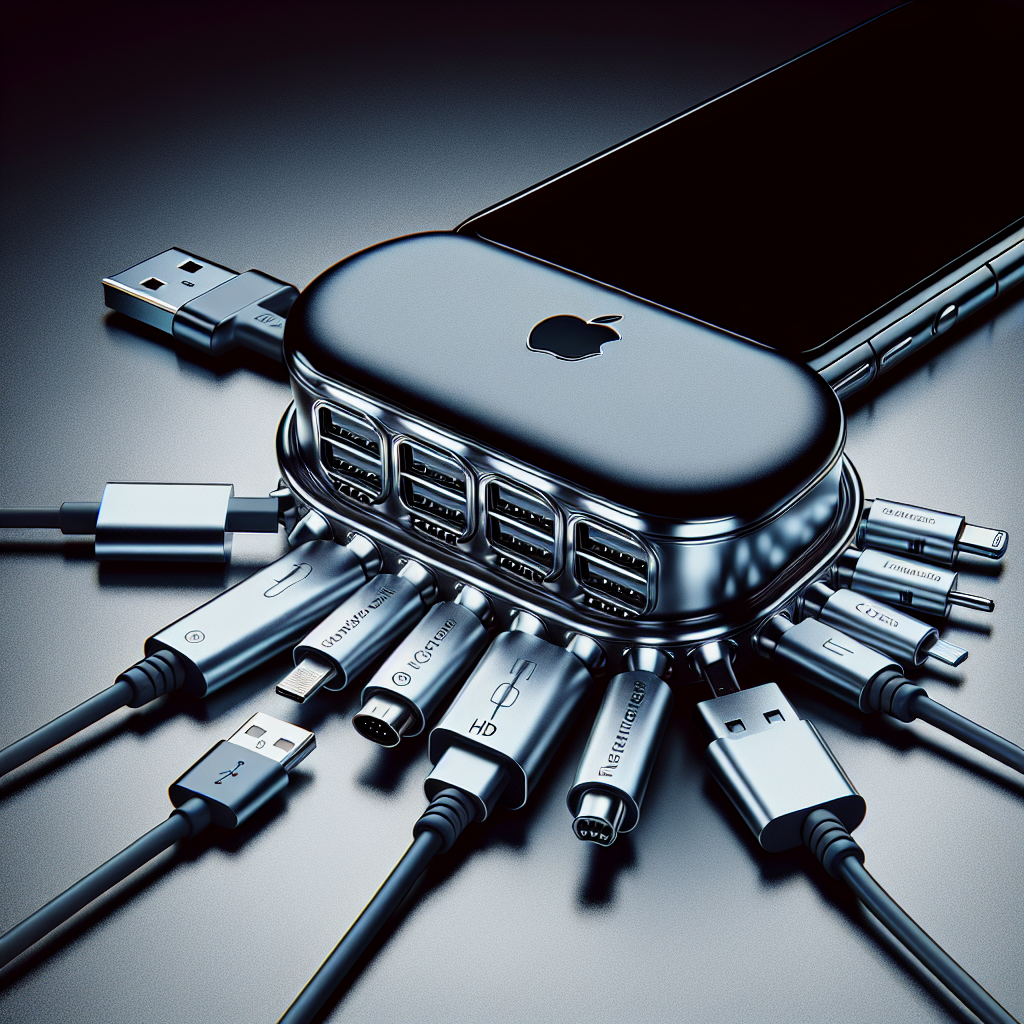In an evolving landscape of gaming consoles, Nintendo’s anticipated sequel to its popular Switch system is generating significant buzz. According to a recent statement by a leading game developer, the upcoming Nintendo Switch 2 is poised to rival the Xbox Series S in terms of processing power, rather than Sony’s PlayStation 4, marking a significant step up from its predecessor.
The insights, shared by Hisashi Koinuma, President of Koei Tecmo, in a conversation with startupnews.fyi, emphasize Nintendo’s aim to bridge the gap between traditional home consoles and portable gaming devices. Koei Tecmo, known for its ‘Dynasty Warriors’ series, has been a longtime collaborator with Nintendo, making Koinuma’s observations particularly noteworthy.
The original Nintendo Switch, which debuted in March 2017, revolutionized the gaming industry by blending the portability of handheld devices with the robust gaming experience of home consoles. Despite its commercial success, the Switch was often noted for lagging behind in raw computational power compared to its contemporaries, the PlayStation 4 and the Xbox One.
The comparison to the Xbox Series S, Microsoft’s budget-friendly yet powerful console released in November 2020, suggests a considerable enhancement in the technical capabilities of the Switch 2. The Xbox Series S is part of the fourth generation of video game consoles and boasts substantial computational power, typically required to support higher resolution and more graphically intensive games.
Nintendo’s strategy appears to not only focus on maintaining its uniqueness in the console market but also to sharpen its competitive edge in terms of technology. This move is indicative of Nintendo’s response to the evolving expectations of both game developers and gamers, who are increasingly seeking more immersive and visually spectacular gaming experiences.
Furthermore, the upgrade to a more powerful system could attract developers who were previously constrained by the original Switch’s limitations, potentially expanding the console’s library with more graphically demanding titles. For Nintendo, this is an opportunity to enhance its market share and appeal to a segment of gamers who prioritize graphical fidelity and performance.
However, the advanced capabilities of the Switch 2 might come with implications for cost and battery life, two critical factors for the system’s hybrid nature. The original Switch carved out its niche by balancing these aspects, and how Nintendo handles these challenges in the new iteration will be key to its continued success in a highly competitive market.
Eagerly awaited by both gaming enthusiasts and industry analysts, further details about the Switch 2, including its launch date, price, and full technical specifications, remain highly anticipated. As the landscape of gaming continues to evolve with technological advancements, Nintendo’s moves are being closely watched as they adapt to changing consumer preferences in an increasingly dynamic industry.



